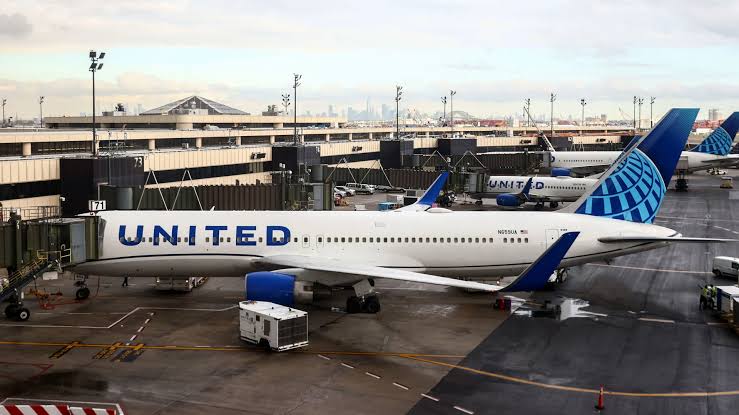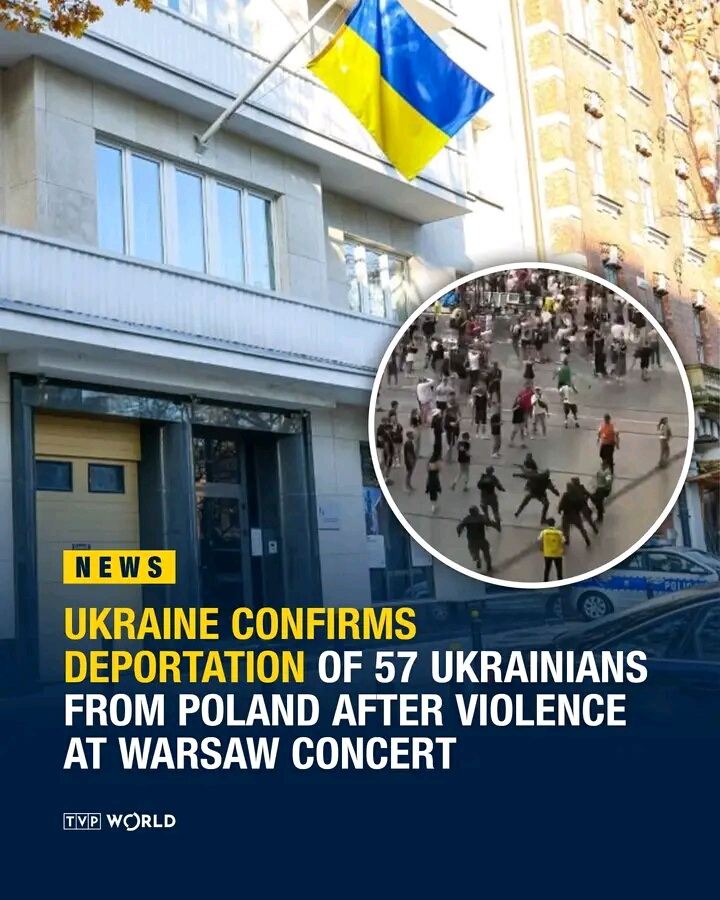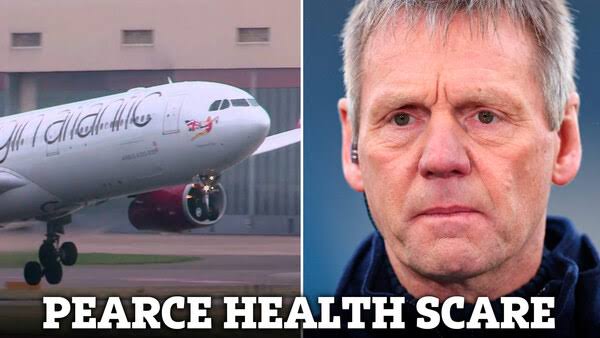Gang-Related Shooting Claims Life of Phillip Simmons at Niagara Falls House Party
Gang-Related Shooting Claims Life of Phillip Simmons at Niagara Falls House Party
A night of celebration turned into tragedy in 2008 when 33-year-old Phillip James “Rabbit” Simmons was shot and killed at a house party in Niagara Falls, Ontario. The incident, which shocked the quiet neighborhood and made headlines across Canada, was later linked to gang activity and brought attention to the growing presence of organized crime in smaller communities.
A Promising Life Cut Short
Phillip Simmons, originally from Nova Scotia, was known to friends and family as “Rabbit”—a nickname earned in childhood for his quick reflexes and playful nature. While he had faced challenges in life, Simmons was described by many as loyal, funny, and fiercely protective of his loved ones. His death came as a shock to his family, who said he had been trying to turn his life around.
On the night of the incident, Simmons was attending a house party on Drummond Road in Niagara Falls. The gathering, which drew dozens of people from the area and beyond, was meant to be a casual night out. But as the evening progressed, tensions reportedly escalated between guests, some of whom were affiliated with street gangs.
A Violent Confrontation
According to witness reports and court testimony, an argument broke out in the early morning hours between Simmons and several other attendees. It was later revealed that Simmons had attempted to leave the party when a group of men tried to block his exit. A violent struggle followed, during which Simmons was forcibly confined and ultimately shot multiple times at close range.
The shooting sent partygoers fleeing in panic. Emergency services were called around 4:30 a.m., and Simmons was pronounced dead at the scene. The incident left a chilling impression on the neighborhood, where gun violence was extremely rare.
“I just remember hearing the sirens and seeing the lights outside my window,” one neighbor told reporters. “We don’t usually have this kind of thing happening here. It was terrifying.”
Investigation and Arrest
The Niagara Regional Police launched an immediate investigation into the killing, with detectives quickly zeroing in on suspects. The case drew attention for its links to North Preston’s Finest (NPF), a gang based in Nova Scotia with ties across Canada. Simmons was allegedly affiliated with members of the group, and investigators believed the incident was related to internal disputes or gang tensions.
Later that year, police arrested a man named Orman—also originally from Nova Scotia—and charged him with second-degree murder. He was also accused of forcibly confining Simmons prior to the shooting.
During the trial, the Crown argued that Orman had taken part in orchestrating Simmons’ killing as a way of settling a personal or gang-related score. The defense countered that Orman did not intend to kill Simmons and was caught in a chaotic situation that escalated beyond control.
A Conviction and Sentencing
In December 2008, Orman was convicted of manslaughter and forcible confinement. The second-degree murder charge was dropped as part of a plea deal. He was sentenced to six years and four months in prison.
While the verdict brought some closure, Simmons’ family expressed disappointment that a harsher sentence wasn’t imposed. “He didn’t deserve to die like that,” said a family member. “He had his struggles, but he was a human being with people who loved him.”
A Wake-Up Call for Niagara Falls
The shooting marked a dark chapter in Niagara Falls’ history and highlighted the growing presence of gang activity in Canadian cities outside the major urban centers. Police acknowledged that criminal organizations like NPF were expanding their influence across provinces, often bringing with them violence and intimidation.
Following Simmons’ death, Niagara police ramped up patrols in known trouble spots and increased surveillance of individuals believed to be associated with gang activity. Community groups also began working more closely with law enforcement to identify at-risk youth and offer alternatives to gang involvement.
“The tragedy of what happened to Phillip Simmons reminds us that gang violence isn’t limited to big cities,” said one local councilor. “We need to be vigilant in protecting our neighborhoods and supporting young people who might otherwise get pulled into these lifestyles.”
Remembering Phillip Simmons
In the years following the tragedy, friends and family of Phillip Simmons have worked to keep his memory alive. A memorial service was held in his hometown of North Preston, Nova Scotia, where he was laid to rest. Loved ones remembered him not just for the way he died, but for the joy he brought into their lives.
“He was the kind of person who’d give you his last dollar if you needed it,” said a close friend. “He made mistakes, but he was trying to get on the right path. He didn’t deserve what happened to him.”
Simmons’ death has also served as a rallying point for anti-violence campaigns in the region. Community leaders have cited his story as a reminder of the real cost of gang-related violence—and a call to action for intervention and prevention.
Broader Implications
The 2008 Niagara Falls shooting wasn’t an isolated case. In fact, the early 2000s saw a rise in violent incidents connected to the spread of gangs across Canada. Law enforcement agencies have since collaborated more closely across provincial lines to track gang movements and share intelligence.
While efforts have been made to disrupt these networks, many challenges remain. Experts say that tackling gang violence requires more than policing—it demands investment in education, job training, mental health services, and mentorship programs.
Moving Forward
The legacy of Phillip Simmons’ death continues to affect not only his family but the Niagara Falls community as a whole. It serves as a sobering reminder of the far-reaching consequences of violence and the importance of addressing the root causes that lead young people into dangerous lifestyles.
Though justice was served in the legal sense, true healing will take much longer. For many, the question remains: how many more lives must be lost before real change is made?






